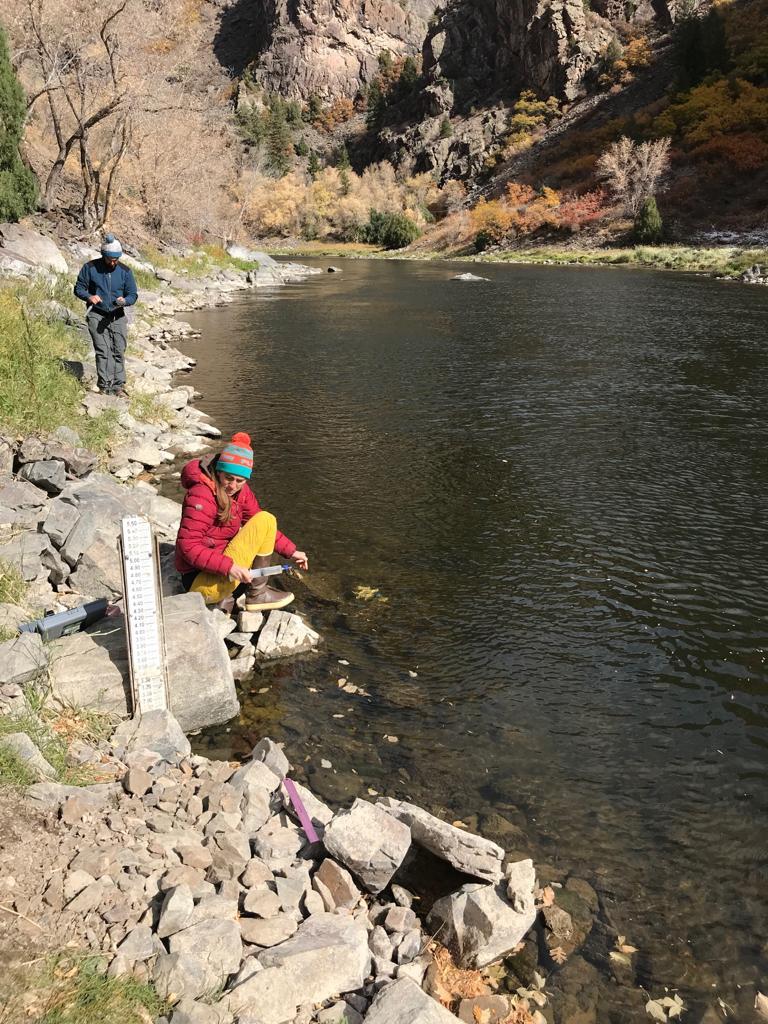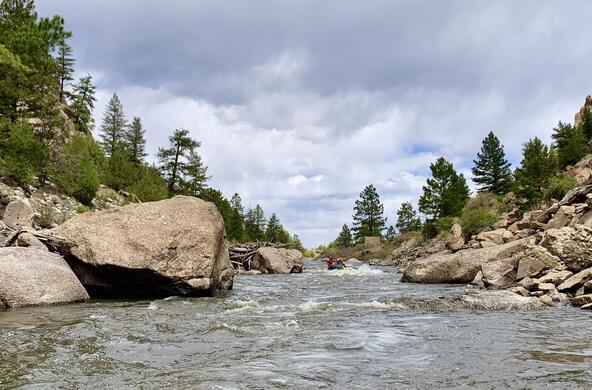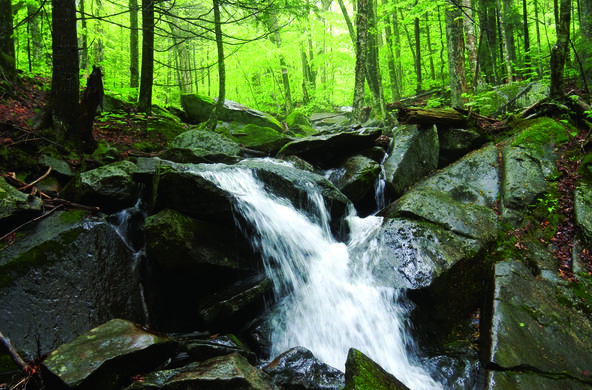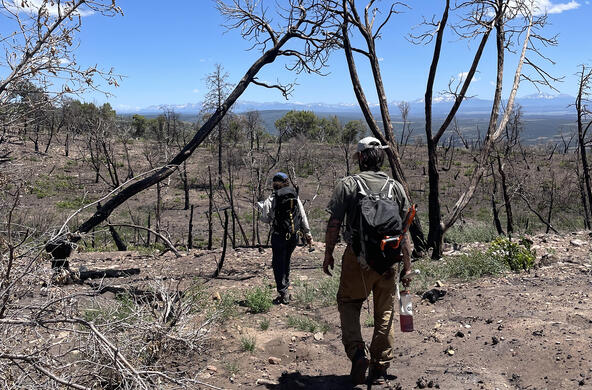For decades, scientists have generally thought that rivers emit more carbon dioxide, a greenhouse gas, than they take in. But a new analysis of every river network in the contiguous United States — including underrepresented rivers in deserts and shrublands — challenges this assumption, uncovering hints that many Western waterways may be soaking up carbon dioxide from the atmosphere. The findings were published in Science and led by Taylor Maavara, an aquatic biogeochemist at Cary Institute of Ecosystem Studies.
“Rivers are one of the most uncertain parts of the global carbon cycle,” explained Maavara. “So in terms of balancing the global carbon budgets, figuring out where the carbon in rivers is coming from and where it's going is essential.”

One of the biggest sources of uncertainty in rivers is metabolism — the balance between how much carbon dioxide rivers soak up through photosynthesis, and how much they emit through the respiration of plants, animals, and microbes. Historically, monitoring data on river metabolism has been biased toward forested rivers in temperate areas. Using machine learning, Maavara and colleagues upscaled large observational datasets for a more holistic view. The study is the largest analysis of river metabolism to date, including monthly and annual photosynthesis and respiration rates for all the streams and rivers in the US.
“Estimating stream metabolism at large scales has been an elusive problem despite its importance to understanding the food webs of these unique and biodiverse systems,” said co-author Pete Raymond of Yale University. “This work has advanced our understanding of how streams function, which will allow for better stewardship of these important ecosystems.”
The team used US Geological Survey data to establish photosynthesis and respiration rates at hundreds of sites across the country. Then they used those data to train a machine learning algorithm to rank the factors driving photosynthesis and respiration rates. Factors included light availability, water temperature, nutrient and organic matter, and river flow rates. The model was then able to estimate photosynthesis and respiration rates for river reaches where data hadn’t been collected.
Until now, scientific thinking about rivers’ role in the carbon cycle has been largely biased by studies in the Northeastern US, where rivers tend to flow through forests in temperate climates. In these environments, where there is less light to feed photosynthesis and lots of organic carbon washing into streams to feed respiration, rivers tend to emit more carbon dioxide than they absorb. Hence, scientists inferred that most rivers must be predominantly carbon emitters.
However, Maavara and team show that when models include understudied areas like deserts, arid environments, and shrub lands where there’s less canopy cover blocking sunlight, and less organic carbon washing into the stream, rivers can act as carbon sinks.
“That's what we see happening out West, where there are more of these arid environments,” Maavara explained. Results indicate that about 25% of western river reaches take in more carbon than they emit on a yearly basis, compared to 11% of eastern reaches.
“Our work suggests rivers that were considered outliers in previous studies may be more common than we thought, especially in these understudied areas,” said Maavara.

Taken as a whole, rivers in the US still emit more carbon than they absorb, but the new numbers suggest the deficit may be much lower than previously thought. And Maavara suspects that these trends may apply more broadly at a global scale, since 65% of the world’s land cover is arid or semi-arid.
Intriguingly, climate change may be making rivers in the western US into better carbon sinks, at least for now. With hotter temperatures and lower precipitation, rivers are flowing more slowly, allowing sunlight to penetrate further into the water, allowing for more photosynthesis and hence more carbon absorption. However, if the rivers dry up entirely, this benefit goes away and the streams can instead become a source of carbon dioxide.
Maavara cautions that much uncertainty remains in calculating the carbon budgets of rivers and streams. However, “this study takes us several steps closer to narrowing the big gap in terms of understanding in the carbon cycle, which in turn will help us manage and mitigate the CO2 in the atmosphere.”
Funding
Independent Research Fellowship, United Kingdom’s Natural Environment Research Council, grant number NE/V014277/1. United States Department of Energy award # DE-SC0024709. United States National Science Foundation NSF-DEB award # 2404575. Gaylord Donnelley Fellowship, Yale Institute for Biospheric Studies.







